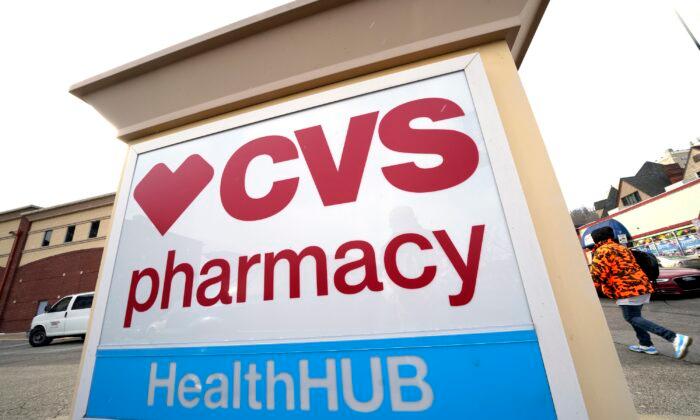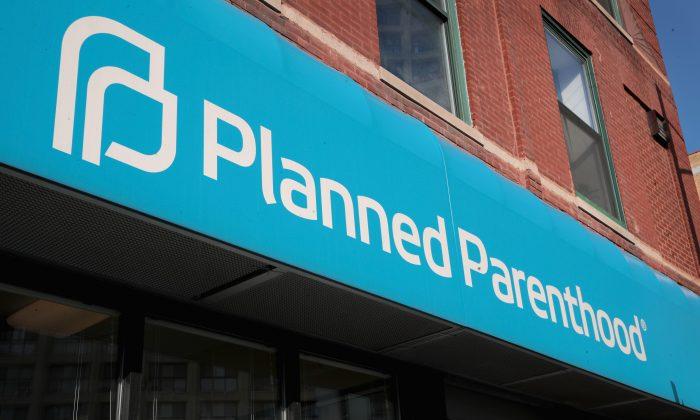On June 9, California Attorney General Rob Bonta announced four multibillion-dollar opioid settlements with major pharmacies and drugmakers to be disbursed nationwide.
Pharmacies CVS and Walgreens and drug manufacturers Allergan and Teva are all held responsible for their roles in the U.S. opioid crisis.
The Walgreens and CVS deals are the first multistate settlements totaling up to $17.3 billion. Bonta’s office said they are an important milestone in California’s efforts to address the epidemic.

“We’ve made historic strides forward in our fight for justice and relief for Californians hurt by the opioid crisis,” Bonta said in a statement. “Nothing can bring back the lives lost or erase the suffering caused by this crisis, but we are making sure those who caused and profited from it are held to account for their greed and willful misconduct. These hard-fought and hard-won settlement funds will be critical in supporting victims and getting them the help they need to recover.”
Settlement Awards
The funds will be dispersed over the course of 15 years.California may receive approximately $470 million from the CVS settlement, up to $510 million from the Walgreens settlement, $375 million from Teva, and approximately $205 million from Allergan.
All four companies must also implement protocols to help prevent opioid misuse.
Teva and Allergan agreed to strict limitations on the marketing and distribution of opioids. They’re prohibited from promotion and lobbying, rewarding or disciplining employees based on the volume of opioid sales, and from providing funding or grants to third parties, according to the settlement.
The companies must publicly disclose documents, including internal documents, related to their role in the opioid crisis, and Allergan is barred from manufacturing and selling opioids for 10 years.
According to the documents, CVS and Walgreens must maintain independent departments to oversee compliance with state and federal laws.
The retailers must create and maintain oversight programs and provide data to the states about red-flag processes, including blocked and potentially problematic prescribers.
Other states reaching settlements with Teva and Allergan include Iowa, Illinois, Maryland, Massachusetts, New York, North Carolina, Pennsylvania, Tennessee, Texas, Vermont, Virginia, and Wisconsin.
Colorado, Connecticut, Delaware, Illinois, Indiana, Iowa, Kentucky, Louisiana, Massachusetts, Nebraska, New York, North Carolina, Ohio, Pennsylvania, Rhode Island, Tennessee, and Texas have all settled with CVS and Walgreens.
Arizona Attorney General Kris Mayes announced that $380 million in opioid settlement funds will be distributed to Arizonians as part of the national agreement with the drug manufacturers.
“While no amount of money can fully make up for the disastrous impact opioids have had on Arizonans, these dollars will play a crucial role in helping communities meet the needs of those suffering from this crisis,” Mayes said in a statement.
“These agreements mark a significant step forward in Arizona’s efforts to combat the devastating effects of the opioid crisis on individuals, families, and communities across our state,” Mayes added.
Deadly Synthetic Drugs
In recent years, most opioid deaths have been connected to fentanyl and other illicit synthetic opioids, not prescription painkillers, according to data from the CDC.California Gov. Gavin Newsom created a “master plan” to tackle the fentanyl and opioid crisis. It includes a $1 billion investment and outlines aggressive steps to support overdose prevention efforts, hold the opioid pharmaceutical industry accountable, crack down on drug trafficking, and raise awareness about the dangers of opioids.
“Over 150 people die daily in our nation from overdoses and poisonings related to synthetic opioids like fentanyl. Enough,“ Newsom said in a statement. ”With this Master Plan, California is doubling down to combat this crisis and save lives. Our comprehensive approach will expand enforcement efforts to crack down on transnational criminal organizations trafficking this poison into our communities while prioritizing harm reduction strategies to reduce overdoses and compassionately help those struggling with substance use and addiction.”





